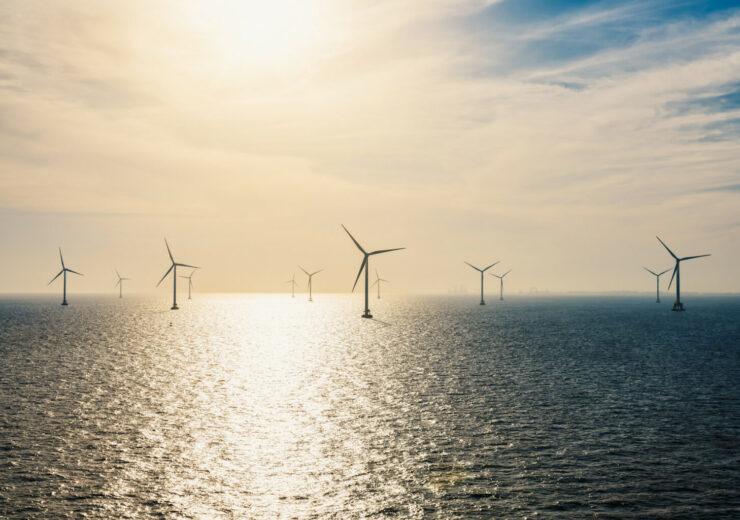The partnership involves the Västvind wind power project supplying significant amounts of electricity to Volvo Cars’ operations at Hisingen in Gothenburg, including the new battery factory being constructed together with Northvolt, through the jointly owned company Novo Energy

Volvo Cars and Eolus take first step in partnership for offshore wind power project Västvind outside Gothenburg. (Credit: Eolus Vind AB)
Volvo Cars and Eolus have signed a letter of intent to collaborate on the Västvind offshore wind power project off the coast of Gothenburg. The partnership is based on an ambition that the wind farm will supply electricity to Volvo Cars’ operations at Hisingen.
The partnership involves the Västvind wind power project supplying significant amounts of electricity to Volvo Cars’ operations at Hisingen in Gothenburg, including the new battery factory being constructed together with Northvolt, through the jointly owned company Novo Energy.
“The world is facing a massive challenge due to the climate crisis. Volvo Cars has a goal to only sell fully electric cars by 2030. We are working hard to reduce the carbon footprint of the entire lifecycle of the car, including the electricity used to manufacture the cars and their batteries. By committing to electricity from offshore wind power outside Hisingen, we want to secure our access to locally produced, renewable electricity at a reasonable cost,” says Johan Lannering, Head of strategic collaborations at Volvo Cars.
“We are delighted to enter into a partnership with the leading industrial company in western Sweden. Volvo Cars has a very clear goal of becoming completely climate-neutral by 2040. Being a part of that journey is strategically important for Eolus, and Västvind can contribute in a concrete way to Volvo Cars’ transition,” says Per Witalisson, CEO of Eolus.
Currently, there is a significant shortage of electricity production in Västra Götaland, and the demand for electricity is expected to almost double by 2030.
“The conditions in western Sweden require us to take action today to establish new electricity supply and at the same time secure our own supply of renewable electricity in the future. Additionally, this transition will create many new jobs in the automotive industry for the region,” adds Johan Lannering.
The planned capacity of the Västvind wind power project is 1,000 MW, with the potential to generate 4-4.5 TWh of renewable electricity annually. This is equivalent to the current electricity and power needs of the entire city of Gothenburg. The ambition is for the project to be completed in 2029, pending required permits.
“Offshore wind power is the only energy source that can contribute the large amounts of new electricity production required in the region by 2030. West Sweden’s ambitions to become Northern Europe’s center for the future of electrified vehicles, battery manufacturing, and the world’s most climate-smart port logistics are not credible without a substantial increase in regionally produced renewable electricity. From that perspective, Västvind can be absolutely crucial,” concludes Per Witalisson.
Source: Company Press Release
